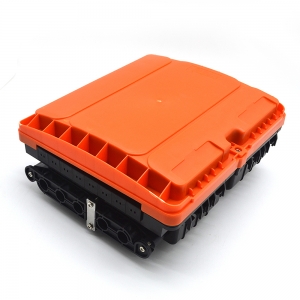What is Indoor?
The indoor optical fiber network solution is intended to improve indoor network coverage, optimize customer experience, and allow end users to use real high-speed networks. The new well-known fiber-to-the-room is a typical representative of indoor optical network solutions. Structural cabling engineers adopt reasonable wiring layout and use conventional optical cables, quick connections, jumpers and other components to achieve high-speed network coverage throughout the house.


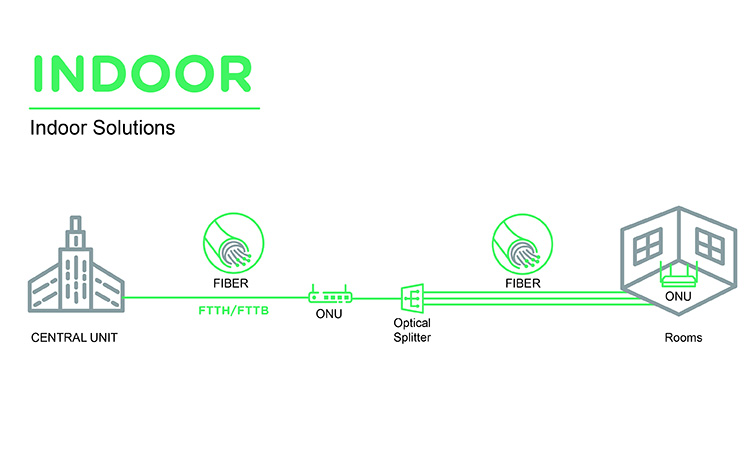

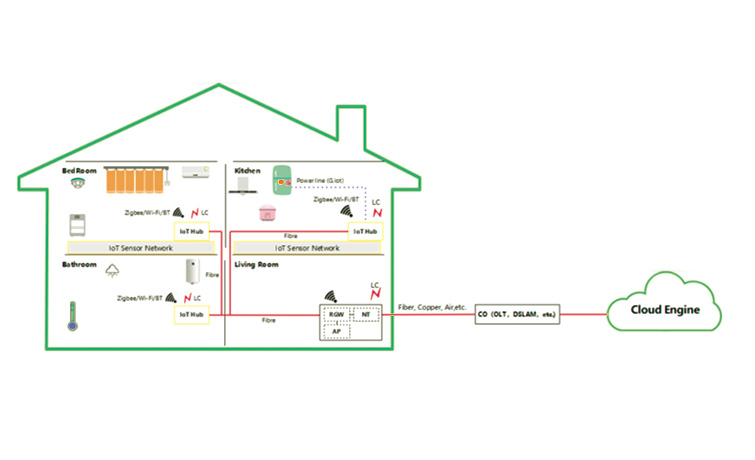
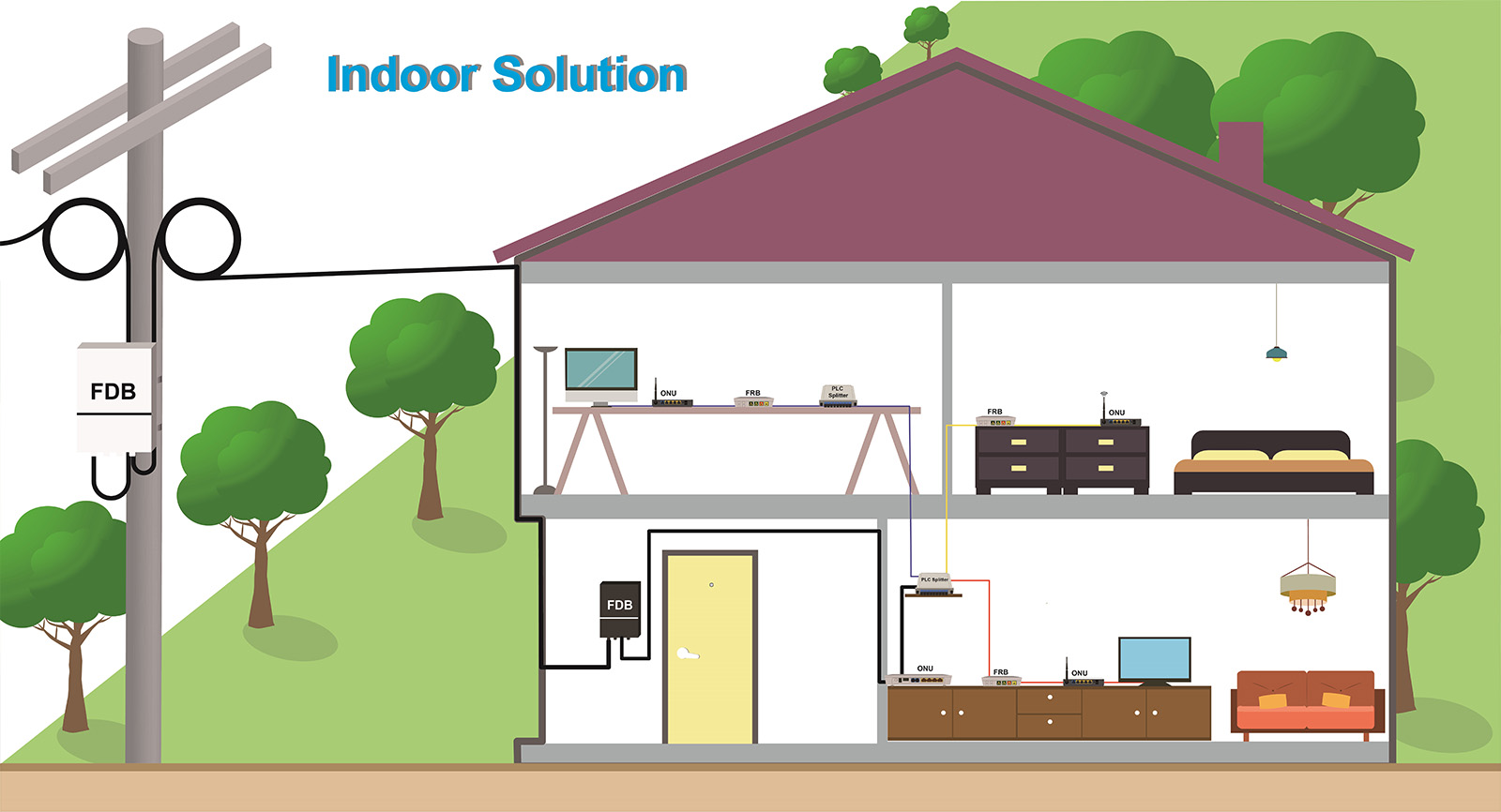
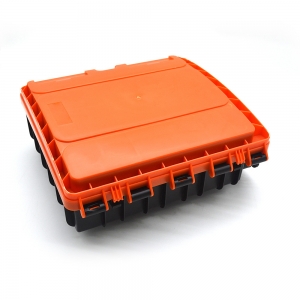 Waterproof Optical Fiber Distribution Box
Waterproof Optical Fiber Distribution Box  All-Dielectric Self-Supporting(ADSS) cable adopts a non-metallic design and material so that it can be deployed directly in electric poles existed without any grounding wires. It also performs well against some extreme weather like cold, snow, ice, etc.
All-Dielectric Self-Supporting(ADSS) cable adopts a non-metallic design and material so that it can be deployed directly in electric poles existed without any grounding wires. It also performs well against some extreme weather like cold, snow, ice, etc.  All-Dielectric Self-Supporting(ADSS) cable adopts a non-metallic design and material so that it can be deployed directly in electric poles existed without any grounding wires. It also performs well against some extreme weather like cold, snow, ice, etc.
All-Dielectric Self-Supporting(ADSS) cable adopts a non-metallic design and material so that it can be deployed directly in electric poles existed without any grounding wires. It also performs well against some extreme weather like cold, snow, ice, etc.  All-Dielectric Self-Supporting(ADSS) cable adopts a non-metallic design and material so that it can be deployed directly in electric poles existed without any grounding wires. It also performs well against some extreme weather like cold, snow, ice, etc.
All-Dielectric Self-Supporting(ADSS) cable adopts a non-metallic design and material so that it can be deployed directly in electric poles existed without any grounding wires. It also performs well against some extreme weather like cold, snow, ice, etc. 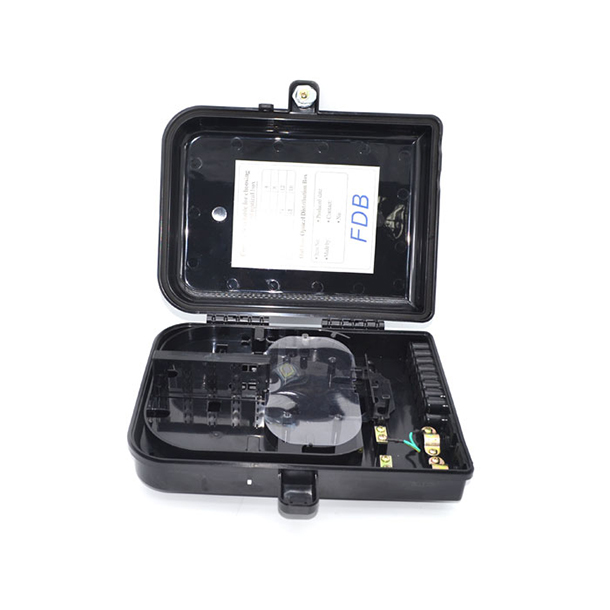 All-Dielectric Self-Supporting(ADSS) cable adopts a non-metallic design and material so that it can be deployed directly in electric poles existed without any grounding wires. It also performs well against some extreme weather like cold, snow, ice, etc.
All-Dielectric Self-Supporting(ADSS) cable adopts a non-metallic design and material so that it can be deployed directly in electric poles existed without any grounding wires. It also performs well against some extreme weather like cold, snow, ice, etc. 